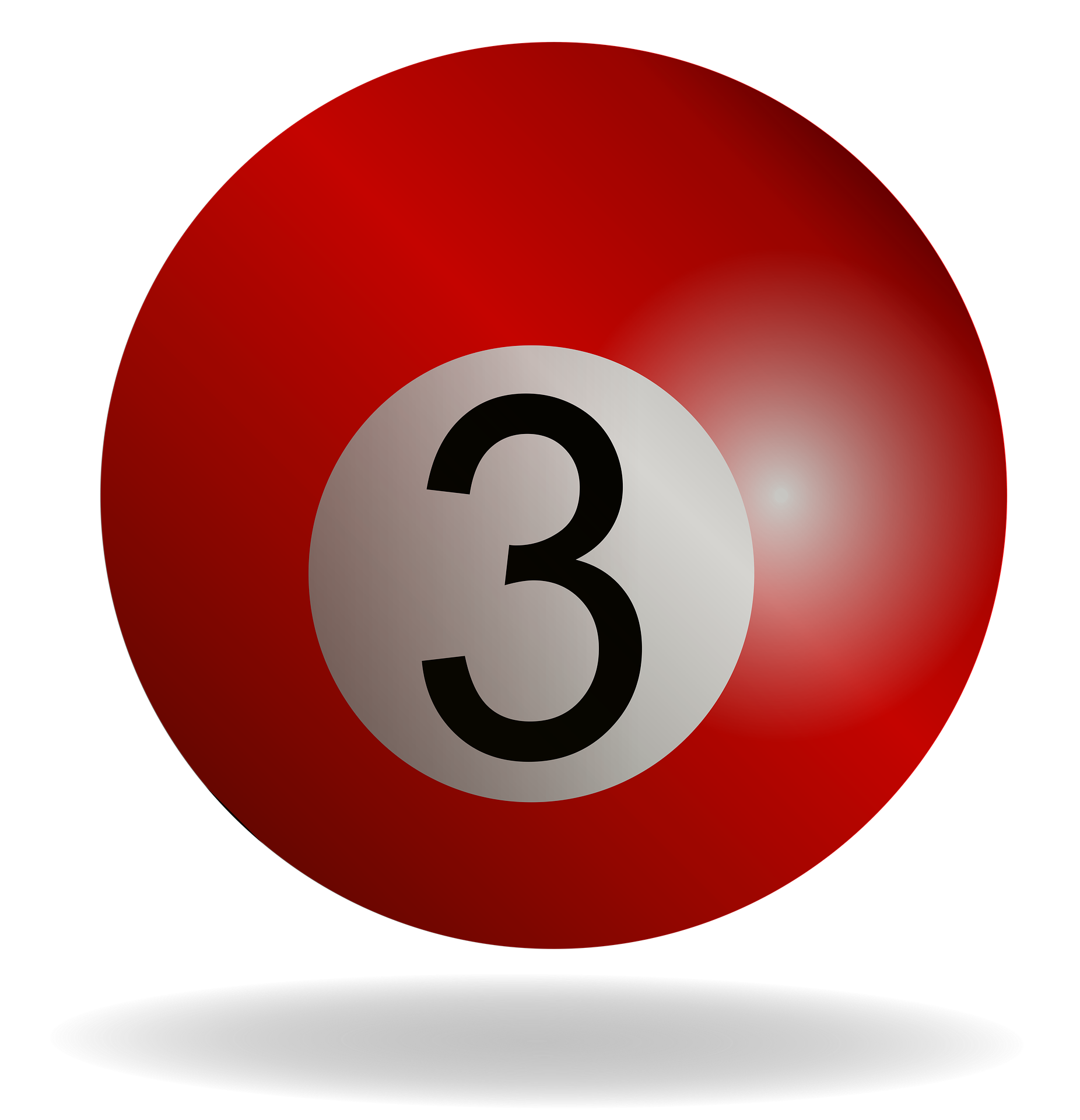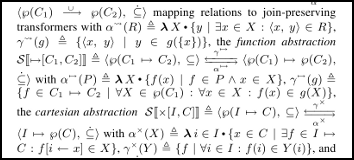September 26, 2016
Euclidean, Hyperbolic and Elliptic Geometry
Posted by John Baez
There are two famous kinds of non-Euclidean geometry: hyperbolic geometry and elliptic geometry (which almost deserves to be called ‘spherical’ geometry, but not quite because we identify antipodal points on the sphere).
In fact, these two kinds of geometry, together with Euclidean geometry, fit into a unified framework with a parameter that tells you the curvature of space:
when you’re doing elliptic geometry
when you’re doing Euclidean geometry
when you’re doing hyperbolic geometry.
This is all well-known, but I’m trying to explain it in a course I’m teaching, and there’s something that’s bugging me.
It concerns the precise way in which elliptic and hyperbolic geometry reduce to Euclidean geometry as . I know this is a problem of deformation theory involving a group contraction, indeed I know all sorts of fancy junk, but my problem is fairly basic and this junk isn’t helping.
September 19, 2016
Logical Uncertainty and Logical Induction
Posted by Qiaochu Yuan
Quick - what’s the th digit of ?
If you’re anything like me, you have some uncertainty about the answer to this question. In fact, your uncertainty probably takes the following form: you assign a subjective probability of about to this digit being any one of the possible values . This is despite the fact that
- the normality of in base is a wide open problem, and
- even if it weren’t, nothing random is happening; the th digit of is a particular digit, not a randomly selected one, and it being a particular value is a mathematical fact which is either true or false.
If you’re bothered by this state of affairs, you could try to resolve it by computing the th digit of , but as far as I know nobody has the computational resources to do this in a reasonable amount of time.
Because of this lack of computational resources, among other things, you and I aren’t logically omniscient; we don’t have access to all of the logical consequences of our beliefs. The kind of uncertainty we have about mathematical questions that are too difficult for us to settle one way or another right this moment is logical uncertainty, and standard accounts of how to have uncertain beliefs (for example, assign probabilities and update them using Bayes’ theorem) don’t capture it.
Nevertheless, somehow mathematicians manage to have lots of beliefs about how likely mathematical conjectures such as the Riemann hypothesis are to be true, and even about simpler but still difficult mathematical questions such as how likely some very large complicated number is to be prime (a reasonable guess, before we’ve done any divisibility tests, is about by the prime number theorem). In some contexts we have even more sophisticated guesses like the Cohen-Lenstra heuristics for assigning probabilities to mathematical statements such as “the class number of such-and-such complicated number field has -part equal to so-and-so.”
In general, what criteria might we use to judge an assignment of probabilities to mathematical statements as reasonable or unreasonable? Given some criteria, how easy is it to find a way to assign probabilities to mathematical statements that actually satisfies them? These fundamental questions are the subject of the following paper:
Scott Garrabrant, Tsvi Benson-Tilsen, Andrew Critch, Nate Soares, and Jessica Taylor, Logical Induction. ArXiv:1609.03543.
Loosely speaking, in this paper the authors
- describe a criterion called logical induction that an assignment of probabilities to mathematical statements could satisfy,
- show that logical induction implies many other desirable criteria, some of which have previously appeared in the literature, and
- prove that a computable logical inductor (an algorithm producing probability assignments satisfying logical induction) exists.
Logical induction is a weak “no Dutch book” condition; the idea is that a logical inductor makes bets about which statements are true or false, and does so in a way that doesn’t lose it too much money over time.
September 15, 2016
Disaster at Leicester
Posted by Tom Leinster
You’ve probably met mathematicians at the University of Leicester, or read their work, or attended their talks, or been to events they’ve organized. Their pure group includes at least four people working in categorical areas: Frank Neumann, Simona Paoli, Teimuraz Pirashvili and Andy Tonks.
Now this department is under severe threat. A colleague of mine writes:
24 members of the Department of Mathematics at the University of Leicester — the great majority of the members of the department — have been informed that their post is at risk of redundancy, and will have to reapply for their positions by the end of September. Only 18 of those applying will be re-appointed (and some of those have been changed to purely teaching positions).
It’s not only mathematics at stake. The university is apparently on a process of “institutional transformation”, involving:
the closure of departments, subject areas and courses, including the Vaughan Centre for Lifelong Learning and the university bookshop. Hundreds of academic, academic-related and support staff are to be made redundant, many of them compulsorily.
If you don’t like this, sign the petition objecting! You’ll see lots of familiar names already on the list (Tim Gowers, John Baez, Ross Street, …). As signatory David Pritchard wrote, “successful departments and universities are hard to build and easy to destroy.”
September 13, 2016
HoTT and Philosophy
Posted by David Corfield
I’m down in Bristol at a conference – HoTT and Philosophy. Slides for my talk – The modality of physical law in modal homotopy type theory – are here.
Perhaps ‘The modality of differential equations’ would have been more accurate as I’m looking to work through an analogy in modal type theory between necessity and the jet comonad, partial differential equations being the latter’s coalgebras.
The talk should provide some intuition for a pair of talks the following day:
- Urs Schreiber & Felix Wellen: ‘Formalizing higher Cartan geometry in modal HoTT’
- Felix Wellen: ‘Synthetic differential geometry in homotopy type theory via a modal operator’
I met up with Urs and Felix yesterday evening. Felix is coding up in Agda geometric constructions, such as frame bundles, using the modalities of differential cohesion.
September 12, 2016
Posted by John Baez
I’m now trying to announce all my new writings in one place: on Twitter.
Why? Well…
September 9, 2016
Barceló and Carbery on the Magnitude of Odd Balls
Posted by Simon Willerton
In Tom’s recent post he mentioned that Juan Antonio Barceló and Tony Carbery had been able to calculate the magnitude of any odd-dimensional Euclidean ball. In this post I would like to give some idea of the methods they use for calculating the magnitude.
Tony and Juan Antonio calculate the magnitude of an odd dimensional ball of a given radius using a potential function rather than a weighting, I think that if you know much about magnitude then you will have some idea what a weighting is but not much idea about what a potential function is, so I will explain that below, the theory having been developed by Mark Meckes.
I intend to brush over technical details about distributions, I hope that I do not do so in too egregious a fashion.
In Tony and Juan Antonio’s paper, various aspects of mine and Tom’s Convex Magnitude Conjecture are confirmed [see the comments below]; however, the calculations for the five-ball provide a counterexample to the conjecture in general. This raises lots of new and interesting questions, but I won’t go into them in this post.
The Ultimate Question, and its Answer
Posted by John Baez
David Madore has a lot of great stuff on his website - videos and discussion of rotating black holes, a math blog whose only defect is that half is in French, and more.
He has has an interesting story that claims to tell you the Ultimate Question, and its Answer:
- David Madore, Toward enlightenment.
No, it’s not 42. I like it, but I can’t tell how much sense it makes. So, I’ll ask you.
September 6, 2016
Magnitude Homology
Posted by Tom Leinster
I’m excited that over on this thread, Mike Shulman has proposed a very plausible theory of magnitude homology. I think his creation could be really important! It’s general enough that it can be applied in lots of different contexts, meaning that lots of different kinds of mathematician will end up wanting to use it.
However, the story of magnitude homology has so far only been told in that comments thread, which is very long, intricately nested, and probably only being followed by a tiny handful of people. And because I think this story deserves a really wide readership, I’m going to start afresh here and explain it from the beginning.
Magnitude is a numerical invariant of enriched categories. Magnitude homology is an algebraic invariant of enriched categories. The Euler characteristic of magnitude homology is magnitude, and in that sense, magnitude homology is a categorification of magnitude. Let me explain!
September 3, 2016
Economy of Style
Posted by Tom Leinster
John Regehr writes: “holy cow this Cousot+Cousot paper achieves a density I’ve never before seen.” Me neither!
Much of the paper looks like the snippet shown, except for the part where they take the time to explain that “e.g.” means “for example”. Read this Twitter thread for speculation on how this state of affairs came to be.
 Posts with this logo use
Posts with this logo use 
















